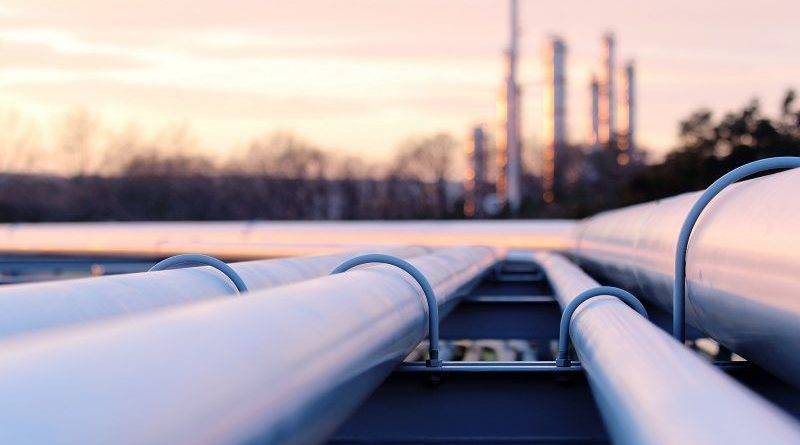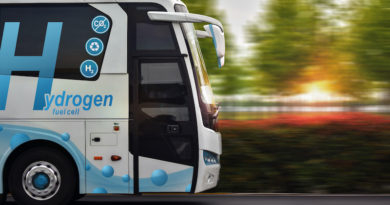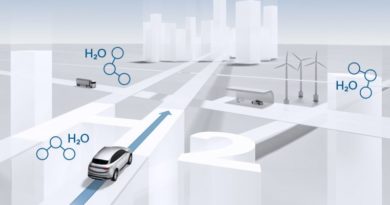
The gas directive, a new approach
The revision of the gas market directive is the key instrument to create a regulatory framework that supports the decarbonisation of the gas market. It lays ground for the ramp-up of the European hydrogen market and paves the way for more energy system integration.
The Russian war against Ukraine injects an additional sense of urgency to the gradual phase-out of fossil gas, in particular from Russia. Diversifying our imports of gases is an important objective that the European Union is currently working on and that allows us to be more independent in the short to medium term. At the same time, we have to promote the use of renewable gases, especially hydrogen, in order safeguard the contribution of the gas markets to the EU’s 2030 and 2050 climate targets.
At least since the European Commission published the European Hydrogen Strategy in 2020, we were seeking for the right answers regarding the uses of hydrogen, how to distinguish between different types of hydrogen and its integration in the existing gas market.
Hydrogen will remain a scarce commodity for the foreseeable future. Therefore, we have to ensure that its use is prioritised for customers in hard to decarbonise sectors with the highest greenhouse gas abatement potential where no more energy and cost efficient alternatives are available. In the early stages of the market development, these sectors have to be the heart of a consumer-centered and energy efficient approach in the hydrogen market. The hydrogen demand of these specific sectors will drive production capacity expansion, infrastructure development and overall market liquidity.
The renewable hydrogen production probably will not scale fast enough to meet the expected growth in demand for hydrogen in Europe. For that reason, low carbon hydrogen may play a preliminary role in the energy transition and back the transition of Europe’s industry in hard to decarbonise sectors where no more energy or cost-efficient options are available. Consequentially, we need clarity on the definition of low carbon fuels and low carbon hydrogen as soon as possible. Therefore, a fossil fuel comparator with threshold of 94 gCO2eq/MJ is introduced and the life-cycle assessment of emission specified. However, in the long-term renewable hydrogen will be the only sustainable option.
Hydrogen adds another dimension to the integration of energy systems and receives a key role in promoting energy efficiency across all sectors. There are multiple connections between the energy systems that directly affect the network planning in each silo, for instance, in terms of repurposing, the natural gas and the hydrogen grid are interdependent and demand-side solutions not requiring new natural gas infrastructure have to be taken into account.
Similarly, the hydrogen network development cannot be managed without considering power to gas assets and hydrogen-ready plants. Hydrogen as energy storage will increase the flexibility of the electricity system. As a consequence, the national joint scenario frameworks should not only to consider natural gas, electricity and hydrogen but also district heating.
Integrated planning is of special importance on local level since most households use natural gas for heating and are directly affected by fuel switches. A mandatory local heating and cooling planning on distribution level aims to support the use of local renewable sources in the most efficient way and energy system integration on local level. They should include a strategy that defines the requirements of the infrastructure necessary on distribution level in order to meet the current and future demand of heating and cooling of a specific area. The strategy should provide transparency for the public and final customers as well as a reliable timeframe for investors and distribution system operators to meet an area’s heating and cooling needs.
The afore mentioned objectives can only be achieved by an interconnected hydrogen network that will constitute the backbone of the integrated European hydrogen market.
In order to ensure a fast infrastructure development, we have to base our efforts on repurposing the existing natural gas infrastructure and mirror well established rules for the network operation.
In the long term, rights and obligations for the transport of hydrogen will be the same as for the transport of natural gas. For this reason, the regulatory framework for electricity and gas should also apply to hydrogen. First, this includes to distinguish between transmission and distribution of hydrogen and to apply the unbundling of distribution system operators to hydrogen distribution network operators. Second, this means to acknowledge that all three unbundling models of transmission system operators in the natural gas market, namely Ownership Unbundling (OU), Independent Transmission Operator (ITO) and Independent System Operator (ISO), have proven to be equally successful to ensure transparent and non-discriminatory network access while delivering the investments needed in the energy networks. As a result, all three models should be an option for the unbundling of hydrogen transmission system operators. Third, this means to use the synergies that the joint operation of hydrogen and gas networks create in order to promote a faster and more cost-efficient development of the hydrogen network. Therefore, repurposing existing natural gas pipelines is essential and should not be hampered by the legal separation of activities related to hydrogen transport and transmission or distribution of natural gas.
The gas market directive puts the decarbonisation of the gas market and energy system efficiency in the centre and, thus, takes the first step towards a net zero infrastructure.




